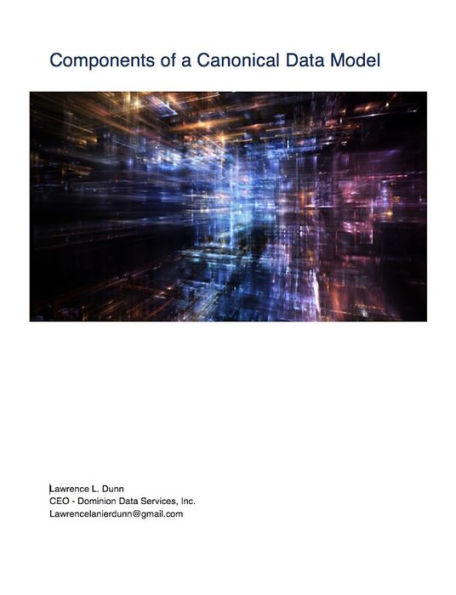Components of a Canonical Data Model
Abstract
There is much discussion on the needs and benefits of a canonical data model to support an SOA initiative. However, many Data Management groups that are given the task to develop a canonical data model respond with the question : What is it?
This white paper sheds light on the components that comprise a canonical data model and provides clear examples of what each component should look like. This paper makes the assumption that the reader has a thorough understanding of data modeling, UML and XML concepts.
This paper is a preview to the book Canonical Data Modeling 101, which will be available September 2009.
"1029381458"
There is much discussion on the needs and benefits of a canonical data model to support an SOA initiative. However, many Data Management groups that are given the task to develop a canonical data model respond with the question : What is it?
This white paper sheds light on the components that comprise a canonical data model and provides clear examples of what each component should look like. This paper makes the assumption that the reader has a thorough understanding of data modeling, UML and XML concepts.
This paper is a preview to the book Canonical Data Modeling 101, which will be available September 2009.
Components of a Canonical Data Model
Abstract
There is much discussion on the needs and benefits of a canonical data model to support an SOA initiative. However, many Data Management groups that are given the task to develop a canonical data model respond with the question : What is it?
This white paper sheds light on the components that comprise a canonical data model and provides clear examples of what each component should look like. This paper makes the assumption that the reader has a thorough understanding of data modeling, UML and XML concepts.
This paper is a preview to the book Canonical Data Modeling 101, which will be available September 2009.
There is much discussion on the needs and benefits of a canonical data model to support an SOA initiative. However, many Data Management groups that are given the task to develop a canonical data model respond with the question : What is it?
This white paper sheds light on the components that comprise a canonical data model and provides clear examples of what each component should look like. This paper makes the assumption that the reader has a thorough understanding of data modeling, UML and XML concepts.
This paper is a preview to the book Canonical Data Modeling 101, which will be available September 2009.
10.0
In Stock
5
1

Components of a Canonical Data Model

Components of a Canonical Data Model
eBook
$10.00
Related collections and offers
10.0
In Stock

Product Details
| BN ID: | 2940012728388 |
|---|---|
| Publisher: | Dominion Publishing |
| Publication date: | 12/28/2010 |
| Sold by: | Barnes & Noble |
| Format: | eBook |
| File size: | 278 KB |
From the B&N Reads Blog
